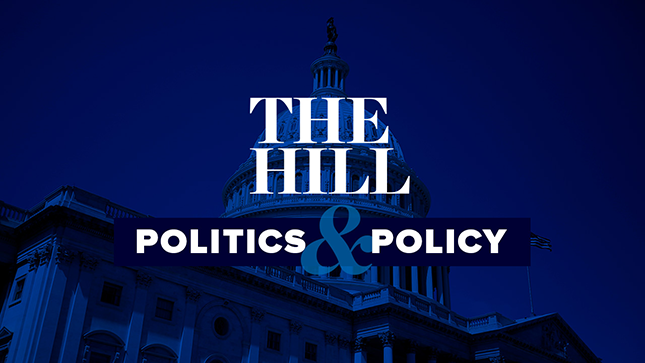If you’ve ever scrolled through Facebook or Twitter, or taken a look at bumpers as you sat in traffic, you know Americans are expressive people. For this, we can thank the First Amendment, which protects even vulgar expression. Indeed, in 1971, the Supreme Court upheld the right of Paul Robert Cohen to wear his jacket, which urged sexual relations with the wartime draft, in a courthouse.
Today, the Supreme Court will hear arguments in a less salacious, but no less important, First Amendment case. Minnesota Voters Alliance v. Mansky asks whether Americans may be barred from wearing “political apparel” when casting a ballot. This policy led to a voter being threatened with prosecution for the “crime” of wearing a nonpartisan t-shirt inspired by the Gadsden flag, the “Don’t Tread on Me” symbol flown by patriots during the American Revolution.
Certainly, if the First Amendment protects profane apparel in a courthouse, Americans ought have the right to wear our opinions at the moment we the people decide who should govern. In 1992, the Supreme Court upheld a rule that prevented campaign workers from badgering voters as they entered the polling place. The decision was grounded in America’s experience with voting in the late 1800s, where campaign workers often forcibly removed ballots from the hands of voters and physically boxed voters away.
Minnesota contends that this precedent extends to blocking Americans from wearing “political insignia,” including nonelectoral messages inspired by the American Revolution. Apparently, Minnesota believes that Americans are incapable of standing next to a neighbor wearing politically-tinged apparel without resorting to violence. Common sense suggests that we are, in fact, able to vote without turning the polling place into a 19th century tavern brawl.
As the Supreme Court observed in Cohen v. California, the aforementioned jacket case, “Of course, the mere presumed presence of unwitting listeners or viewers does not serve automatically to justify curtailing all speech capable of giving offense.” In other words, speech cannot be restricted just because somebody might be offended by it.
Frankly, a democracy that cannot withstand differing opinions isn’t much of a democracy at all. Thankfully, Americans are made of stronger stuff. We can exercise the right to vote without turning the polling place into a “safe space.” Even in the heated aftermath of President Trump’s surprise victory over Hillary Clinton, Americans did not resort to belting each other to redress their grievances.
At an absolute minimum, as my organization, the Institute for Free Speech, urged in our amicus brief in this case, the Supreme Court should instruct state and local governments to find the middle ground: Only apparel expressly urging a vote for or against a specific candidate on that day’s ballot may be excluded. This line, called “express advocacy,” has been applied and policed in campaign finance law for a generation.
It also more properly accords with the 1992 decision, which concerned a state law that barred distributing a candidate’s campaign materials and telling people how to vote within 100 feet of a polling place. Adopting this approach would free voters in 2018 to wear “Obama ’08” t-shirts, jackets supportive of a carbon tax or civil rights, or, yes, apparel bearing the image of the Gadsden flag.
On Election Day, unsuccessful candidates peaceably accept the outcome and provide for an orderly transfer of power. The same civility should exist at the ballot box. Americans can exercise both the right to vote and the right to wear sweatshirts or lapel pins that express their values. Acceptance of political disagreement is both a sign of maturity, and essential to our democracy. After all, Cohen got to wear his jacket, and the republic did not descend into chaos as a result. The rest of us ought to be provided that same freedom.
This post originally ran in The Hill on April 10th 2018.














